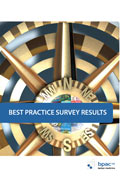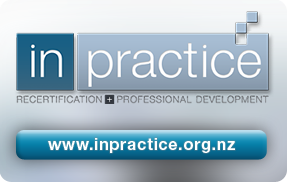Best Practice Survey Results
5. What are barriers to reading bpacnz publications?
| Size of publications | ||
| Frequency with which they are received | ||
| Relevance of content | ||
| Tone /language used | ||
| Other (please state): |
| GP | Nurse | Pharmacist | |
| Size | 10.9% | 4.1% | 4.7% |
| Frequency |
13.2% | 6.1% | 6.1% |
| Relevance |
5.7% | 6.7% | 11.7% |
| Tone | 2.0% | 1.8% | 2.4% |
| Other |
7.3% | 4.9% | 3.8% |
A total of 76% of survey respondents find no barrier in reading bpacnz publications. While 24% indicated that they found one or more of the above factors a barrier.
The size of the publications and the frequency with which they are received were the most common barriers selected.
Of the 99 respondents that selected an “other” barrier, 80 (91%) indicated that this barrier was not having enough time to read the publications. Some noted that this was especially due to the volume of other reading material they also have.
Other barriers included the physical appearance of publications (4), perceived information bias (3), length or information content of individual articles (3), a preference for an electronic copy (2), lack of case studies (1), inaccurate prescribing data (1) and laziness (1). Four respondents indicated that they found barriers to reading bpacnz publications only occasionally.
NB: 28 respondents selected the “other” option but indicated that they had “no barrier” and therefore were not included in these results.
“The only problem is not having time to read everything, this publication comes high up on the list though”
“Why change a winning format”
| Page Intro | Q1 | Q2 | Q3 | Q4 | Q5 | Q6 | Q7 | Q8 | Q9 | Page 5 |

